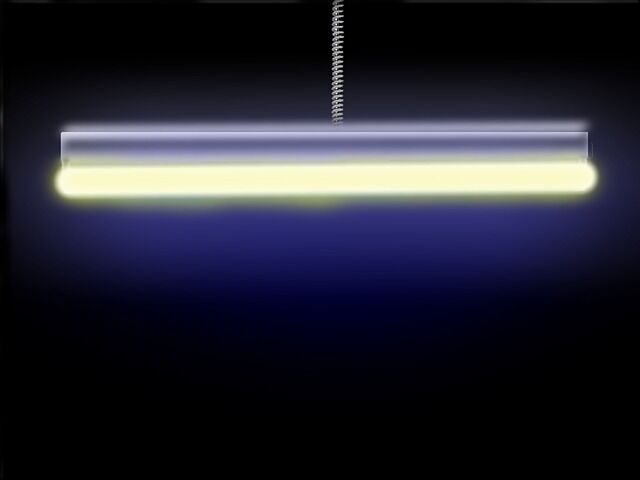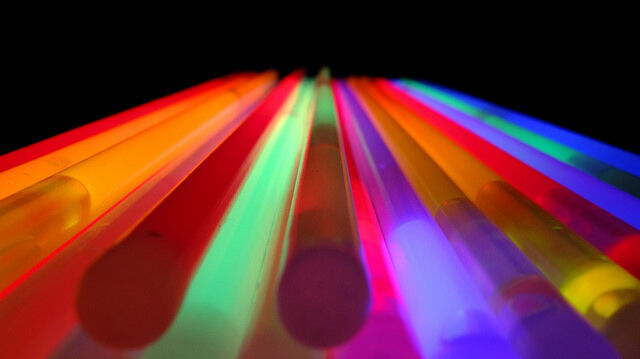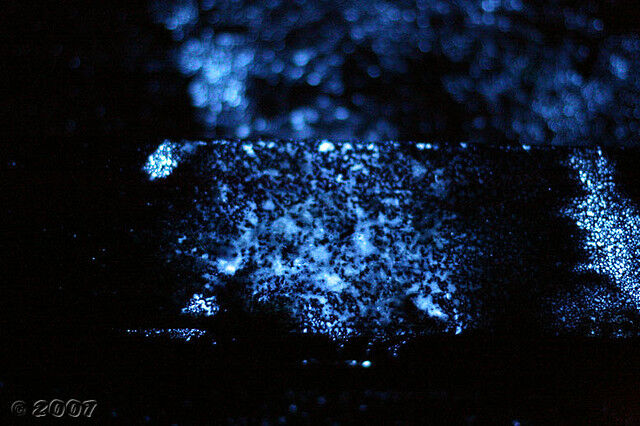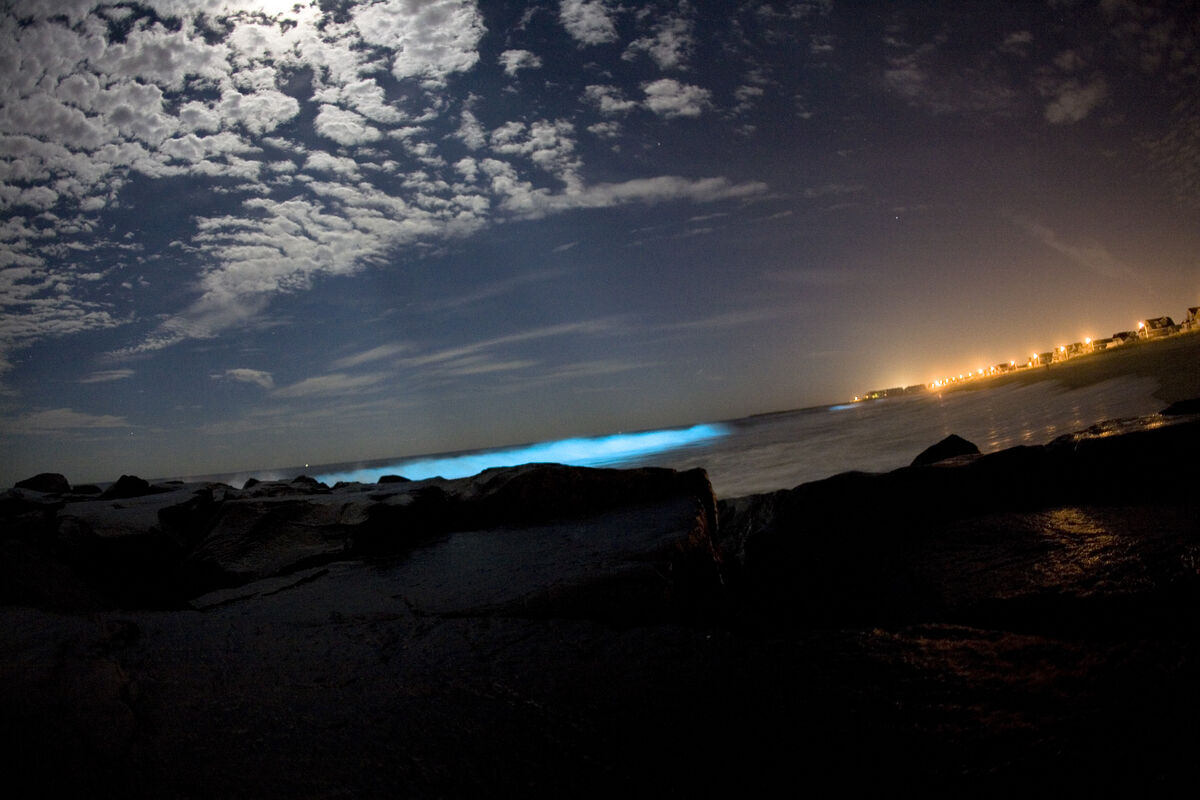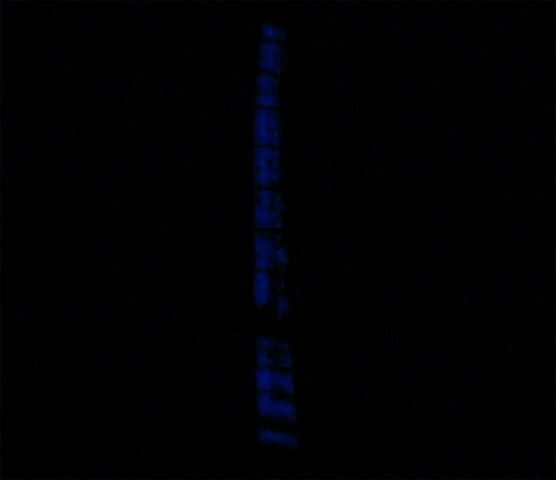Incandescence is a phenomenon that occurs when a substance emits light when heated.
When the atoms that form a substance are heated, they absorb a significant amount of energy. The electrons, which are located in the electron layers (as established by the physicist Niels Bohr), move away from the nucleus. When the electrons lose this energy, they return to their original electron layer, emitting the excess energy in the form of visible radiation (producing light) or infrared radiation (emitting heat).
Here are a few examples among common objects and phenomena that produce light by incandescence:
- incandescent light bulbs
- certain heating elements such as that of a toaster or on a stove
- molten lava
- fire
- the Sun
Luminescence is the production of light by materials at low temperatures.
Compared with incandescence, which produces light through the released heat, luminescence is said to produce cold light, because the light is produced without intensely heating the material.
Whatever the method of production, the phenomenon can always be explained in the same way: first, the atoms of the luminous substance receive energy in the form of chemical, luminous, electrical or mechanical energy. Then, the electrons in these atoms, which have an additional amount of energy, convert it into light energy.
There are several ways to produce light by luminescence.
Fluorescence is the immediate re-emission of luminous energy absorbed by a substance in a precise colour.
A fluorescent substance produces visible radiation only when stimulated. In full darkness, fluorescence cannot be observed over a long period, unlike phosphorescence.
Fluorescent orange vests on construction sites have the property of absorbing daylight, car headlights or any other light and instantly transforming it into orange light. Since a fluorescent colour transforms almost all the energy received into light of its own colour, it appears brighter than other colours, which only reflect part of the energy they receive.
Fluorescent tubes are another example of fluorescence. These tubes contain a mixture of argon and mercury. When an electric current is passed through the mixture, it produces ultraviolet radiation that strikes the walls of the glass tube. These walls have been coated with a white powder, which will be used to transform the radiation inside the tube into fluorescent white light. This light, however, is different from non-fluorescent white light.
Road signs also emit light through fluorescence.

A phosphorescent substance absorbs surrounding light and re-emits it over a long period.
Unlike fluorescent substances, which immediately emit the light received, phosphorescent substances conserve this energy and produce light over a very long period. It is therefore possible for a phosphorescent substance to emit light in the dark, which is not the case for a fluorescent substance since it must be illuminated in order to re-emit light.
The hands of some watches absorb the light they receive when the environment is lit. When night falls (or the lights are turned off), the hands slowly emit the energy received in the form of light, allowing them to be visible until the stored energy is exhausted. This type of watch could, for example, enable a diver to see the time in the depths of the water, where light is scarce.
Some rocks have phosphorescent properties.
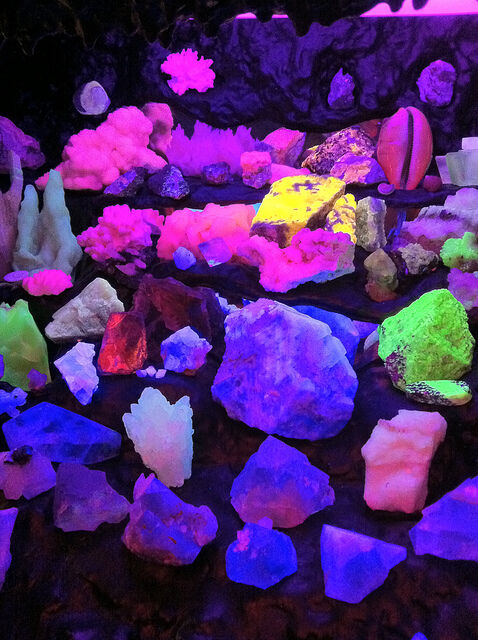
Phosphorescent substances can be used to create art.
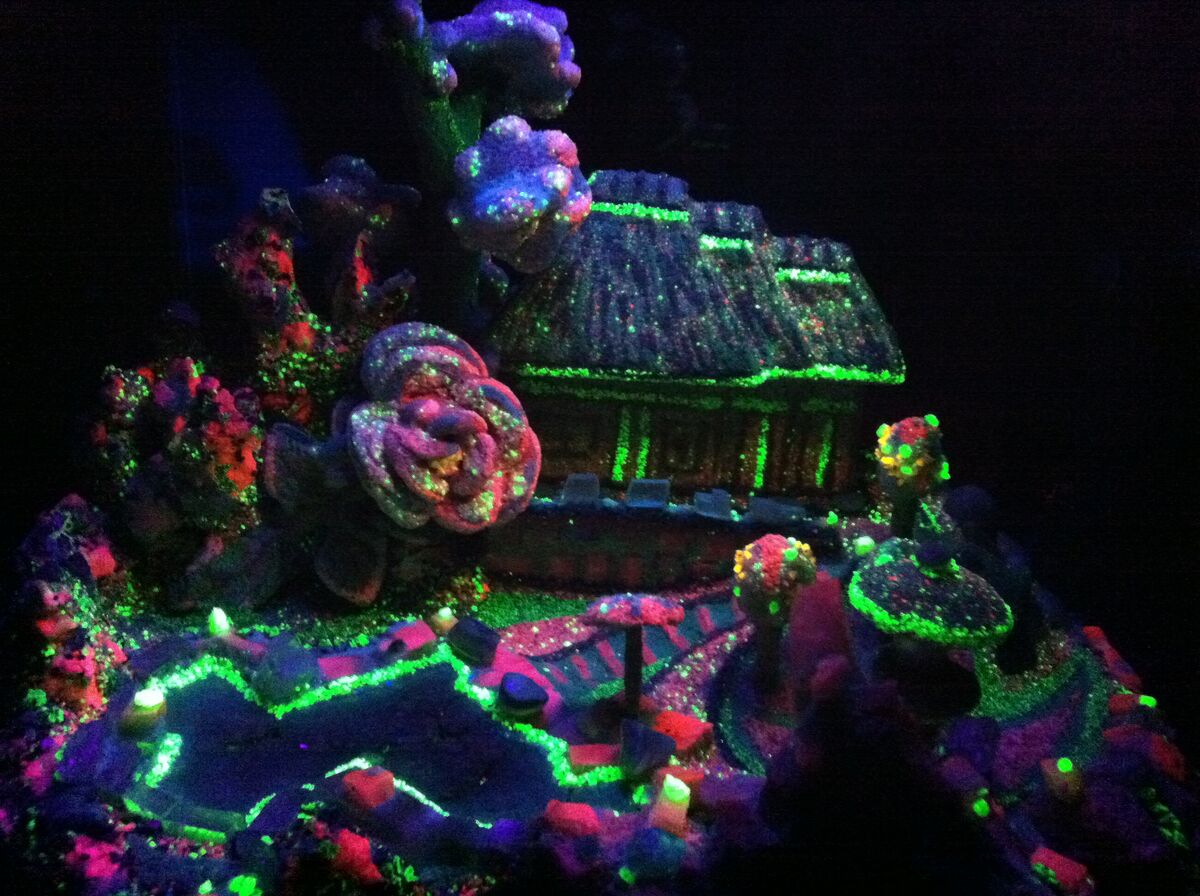
The Northern Lights (aurora borealis) are also a phosphorescent phenomenon.
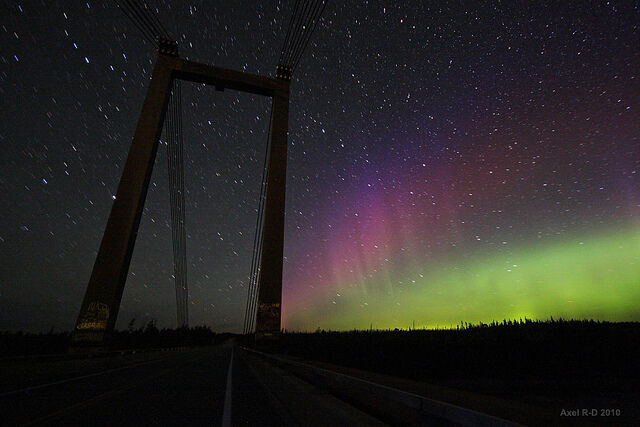
Chemiluminescence is the production of light as a result of chemical reactions that produce light energy.
The reactants in this type of reaction exchange electrons with each other: it is during this exchange that the electrons, once excited, will return to their normal state, producing light.
Glow sticks contain cyalume which produces light when it comes in contact with the hydrogen peroxide in the central tube.
Luminol used by investigators can detect the presence of blood that is invisible to the naked eye.
Bioluminescence is the production and emission of light by living organisms, which convert chemical energy into light energy.
Living organisms use bioluminescence to attract other living organisms or to communicate with each other. In some cases, bioluminescence can be used to repel predators as a means of protection.
Fireflies produce yellow or green light using an enzyme called luciferase.
Dinophytes are protists (single-celled organisms) that use their light to attract prey.
Electroluminescence is the production of light by the passage of an electric current through a material.
Electroluminescence uses electrons to excite certain particles, which then produce light.
Backlighting is used to improve the display of liquid crystal screens.
Light-emitting diodes are increasingly used in everyday life. Light bulbs and different types of headlights use this type of technology to produce light.
Triboluminescence is the production of light from mechanical energy.
Triboluminescence occurs when the bonds in crystalline structures, such as those found in diamonds or sugar cubes, are broken.
When both sides of an envelope are peeled back in the dark, it is sometimes possible to see some light.

